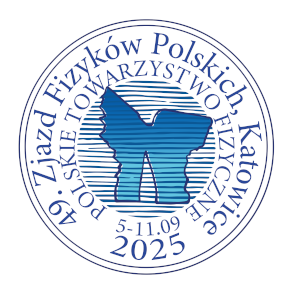Speaker
Description
The SOLARIS synchrotron in Krakow is a third-generation light source operating at 1.5 GeV electron energy. The first synchrotron light from SOLARIS was observed in 2016, while the first user experiments were performed in 2018 using soft X-ray absorption spectroscopy and angle resolved photoelectron spectroscopy beamlines. Since, SOLARIS is expanding its activities, developing new end-stations and providing complementary infrastructure such as cryo-electron microscopes [1]. The experimental techniques offered by SOLARIS, the only synchrotron in Central-Eastern Europe, can well complement the outcomes of Mossbauer spectroscopy and hyperfine methods in basic and applied interdisciplinary research projects.
It should be emphasized that access to the research infrastructure at SOLARIS is free of charge and provided based on the assessment of the beamtime applications by the international review panel. Financial support to user visits is provided through EU projects NEPHEWS, ReMade@ARI, and RIANA as well as CERIC-ERIC consortium.
Acknowledgments
We acknowledge the entire team of SOLARIS Centre and the supporting research groups. SOLARIS operation is financed by Polish Ministry and Higher Education project: “Support for research and development with the use of research infrastructure of the National Synchrotron Radiation Centre SOLARIS” under contract nr 1/SOL/2021/2.
[1] J. Szlachetko, J. Szade M. Stankiewicz, et al., Eur. Phys. J. Plus 138 (2023) 10.

